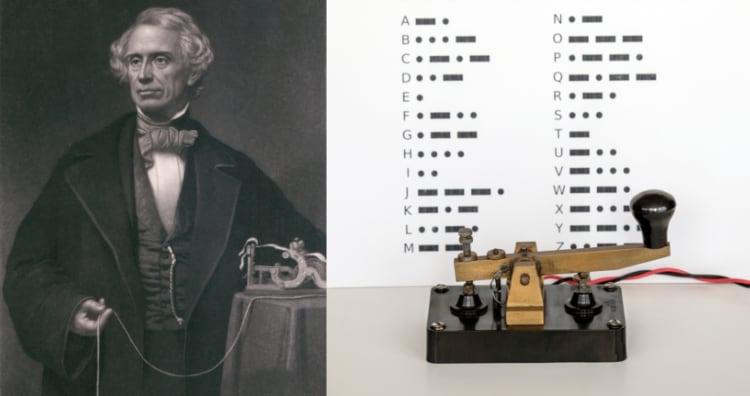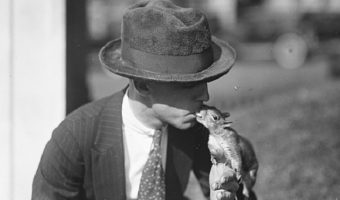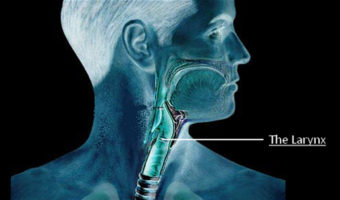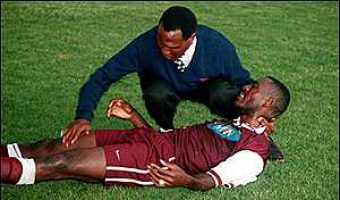10 Classic Examples that Prove Necessity Is the Mother of Invention
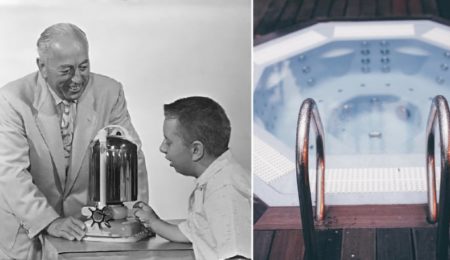
“Necessity is the mother of invention.” These words of wisdom by philosopher Plato have been used for centuries to mean that when something becomes indispensable for survival, we all find a way to accomplish it. So, here are 10 such amazing stories you probably have not heard before that support the proverb and are examples that show when necessity comes knocking, great ideas and discoveries follow soon after.
1 Painter Samuel Morse invented the Morse code to speed up communications after he was frustrated at not being able to be with his wife when she died.
In 1825, Morse’s wife died during childbirth, and Morse couldn’t be with her nor attend her funeral because of the delay in receiving the letters bearing the news. Years later, this despair was still on his mind when he had the idea of an electromagnetic telegraph that could speed up communication. Morse’s invention, with the code of dots and dashes, transformed the speed of communication from days to seconds.
“What hath God wrought?” These famous words were the first Morse code message transmitted in the US on May 24 and officially opened the Baltimore–Washington telegraph line in 1844. (1, 2, 3)
2 Candido Jacuzzi invented the Jacuzzi after his 15-month-old son developed rheumatoid arthritis, and the doctor recommended hydrotherapy as a treatment.
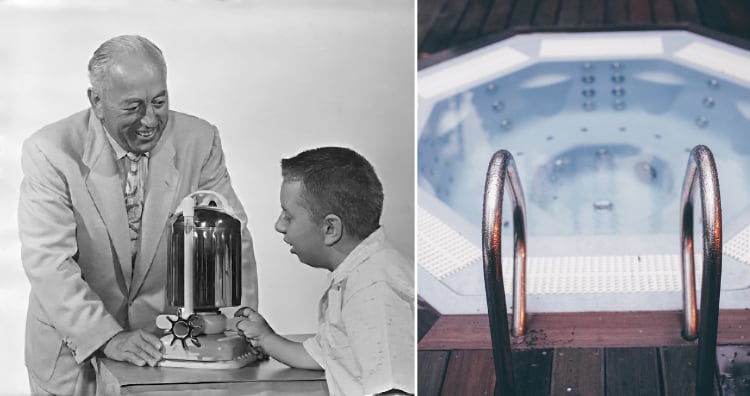
Candido Jacuzzi used his knowledge of hydraulics to create the J-300 portable water pump for a bath at their house to treat his son’s arthritis pains. When the doctors recommended hydrotherapy to his young son, the only facilities available were large public tubs in hospitals or spas. Jacuzzi’s bathtub instantly became famous. He marketed this whirlpool tub a few years later and installed them in homes, clubs, and recreational centers, both indoors and outdoors. The Jacuzzi pump was portable and could transform any standard bathtub into an energizing spa for rejuvenation.
This invention eventually launched the wellness industry, wherein the Jacuzzi or spa was not only used for health purposes but also for self-care. (1, 2)
3 Almon B. Strowger invented the first automated telephone exchange when his competitor’s wife at the telephone office started redirecting Strowger’s calls to her husband’s business.
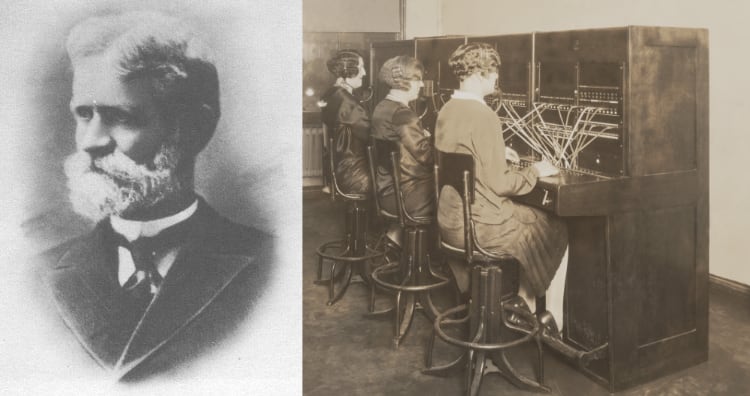
Strowger’s story is a classic example of necessity as the mother of invention. He was one of the only two undertakers in town. But he started losing his business because his competitor’s wife, who was the operator at the telephone exchange, started stealing all his clients by redirecting Strowger’s client calls to her husband’s business. Isn’t that unfair? Frustrated, Strowger invented the first mechanical telephone exchange, eliminating the need for operators. Strowger also developed the rotary dial, making it easier to call someone directly by spinning a dial a certain distance. Out of spite, he called his invention “girl-less, cuss-less, out-of-order-less, and wait-less.†He revolutionized telephone technology for years to come. ( 1, 2, 3)
4 The French Army invented braille for nighttime communication as soldiers were getting killed for using lamplights after dark. This inspired eleven-year-old Louis Braille to invent the simplified version used today.
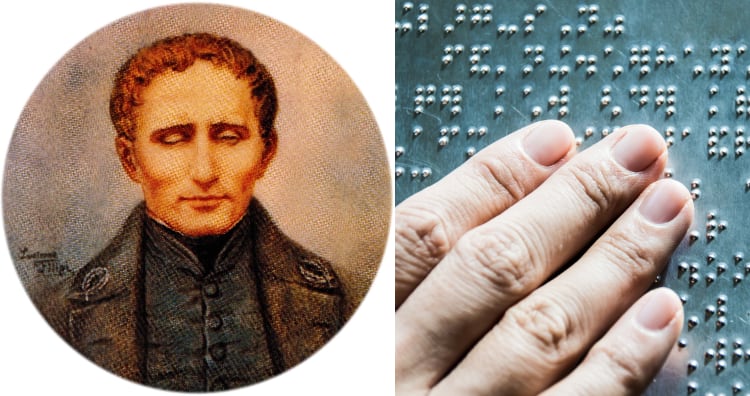
Louis Braille was inspired by Charles Barbier of the French Army, who invented this system of writing and reading, using dots, without needing sound and light. This was used to communicate on the battlefield and saved the lives of soldiers who kept getting killed because of using lights after dark for combat messages. Barbier had written to the Royal Institute for Blind Youths in Paris about this invention’s potential to help the blind learn and communicate. Braille, a student there, got inspired and simplified this method by using a six dot “cell” system in 1824. Braille is now adapted as the official language for communications for the blind in the entire world. (1, 2)
5 Joseph Armand Bombardier invented the first effective snowmobile when his two-year-old son died of peritonitis, and he could not reach the hospital in time because of snow.Â
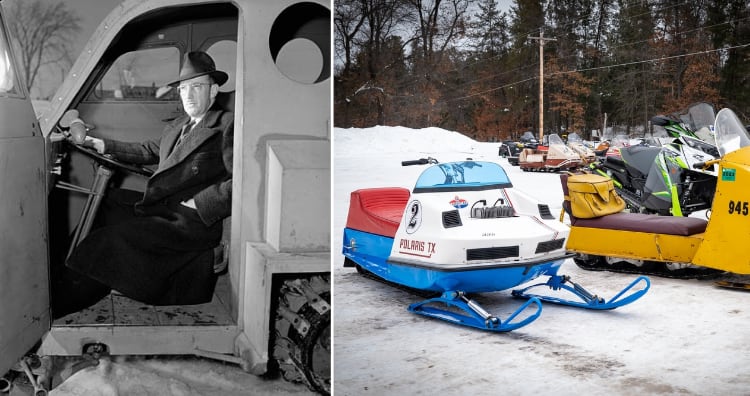
Canadian inventor Joseph. A. Bombardier was a genius who started developing his version of the snowmobile from a very young age. But it was not until his son died in 1934 that he doubled his efforts, invented the sprocket wheel system, and developed the world’s first snowmobile. They were called the “B7” snowmobiles, “B” standing for “Bombardier” and “7” for the number of passengers they could carry. By 1940, Bombardier had improved the model to near perfection through innovation and mechanics. His company, L’Auto-Neige Bombardier Limitee soon was a huge success producing not only snowmobiles but all kinds of winter and all-terrain vehicles. (1,2,3)














